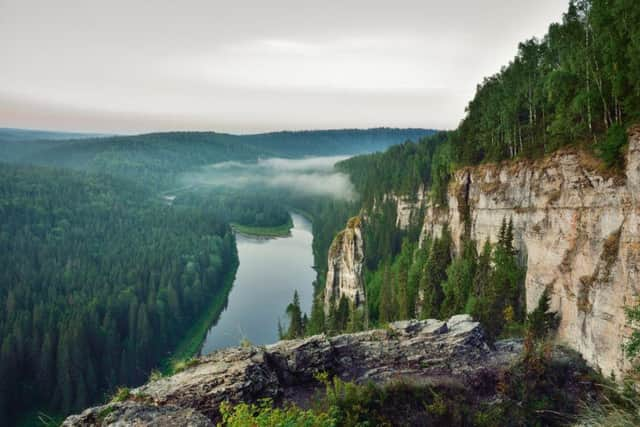Global warming could turn Siberia into a ‘holiday hotspot’


Computer models show temperatures may soar by almost 10C by 2080 with mass-melting expected to see the size of the permafrost drop by a quarter - under the most extreme scenario considered feasible.
This would open up pristine areas east of the Ural Mountains, paving the way for millions of people to relocate to the region which stretches from northern Kazakhstan to the Bering Sea.
Advertisement
Hide AdAdvertisement
Hide AdLead author Dr Elena Parfenova, of the Krasnoyarsk Federal Research Centre, Russia, worked with colleagues in the US to combine current and predicted weather data to work out the potential for human settlement in the area up until 2100.
The study found if humanity fails to reduce the amount of greenhouse gases we pump into the atmosphere, the region could become much warmer and wetter, particularly in the middle of winter.
Average temperatures in January could increase by nearly 9.1C.
The region covers more than eight million square miles - accounting for 77 per cent of Russia’s land. But it is home to only 27 per cent of the population, concentrated along the forest-steppe in the south, with its comfortable climate and fertile soil.
Dr Parfenova said: “Previous human migrations have been associated with climate change. As civilisations developed technology that enabled them to adapt, humans became less reliant on the environment, particularly in terms of climate.
“We wanted to learn if future changes in climate may lead to the less-hospitable parts of Asian Russia becoming more habitable for humans.”
The milder weather may even see the snow covered wilderness replaced by vineyards. Siberia has one vineyard currently in the Altai Mountains.
Dr Parfenova believes a temperature rise of around 10C will mean others will flourish.
Advertisement
Hide AdAdvertisement
Hide AdOther locations in the northern hemisphere are already dealing with similar questions as they are transformed by climate change.
Greenland’s ice cap is melting and making it finally begin to live up to its name. The result is an increased threat of flooding, but also an opportunity to court more tourists.
Previously covered natural and archaeological treasures are being revealed - for the first time in thousands of years.
Permafrost holds some 1,400 gigatons of carbon globally, more than twice the amount of carbon currently in the atmosphere.
As it melts, greenhouses gases like methane are released, enhancing the impact of warming, in a vicious circle.